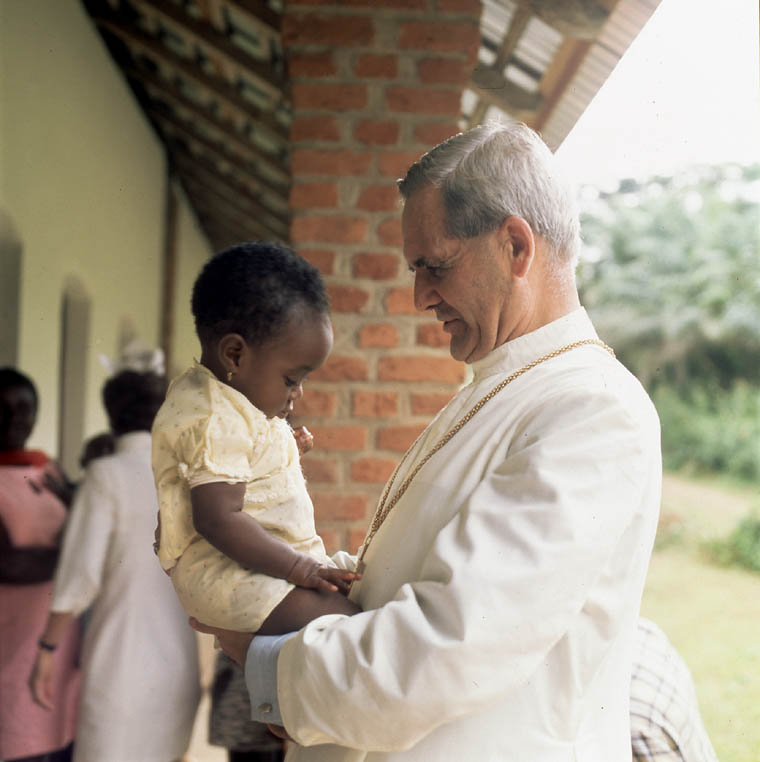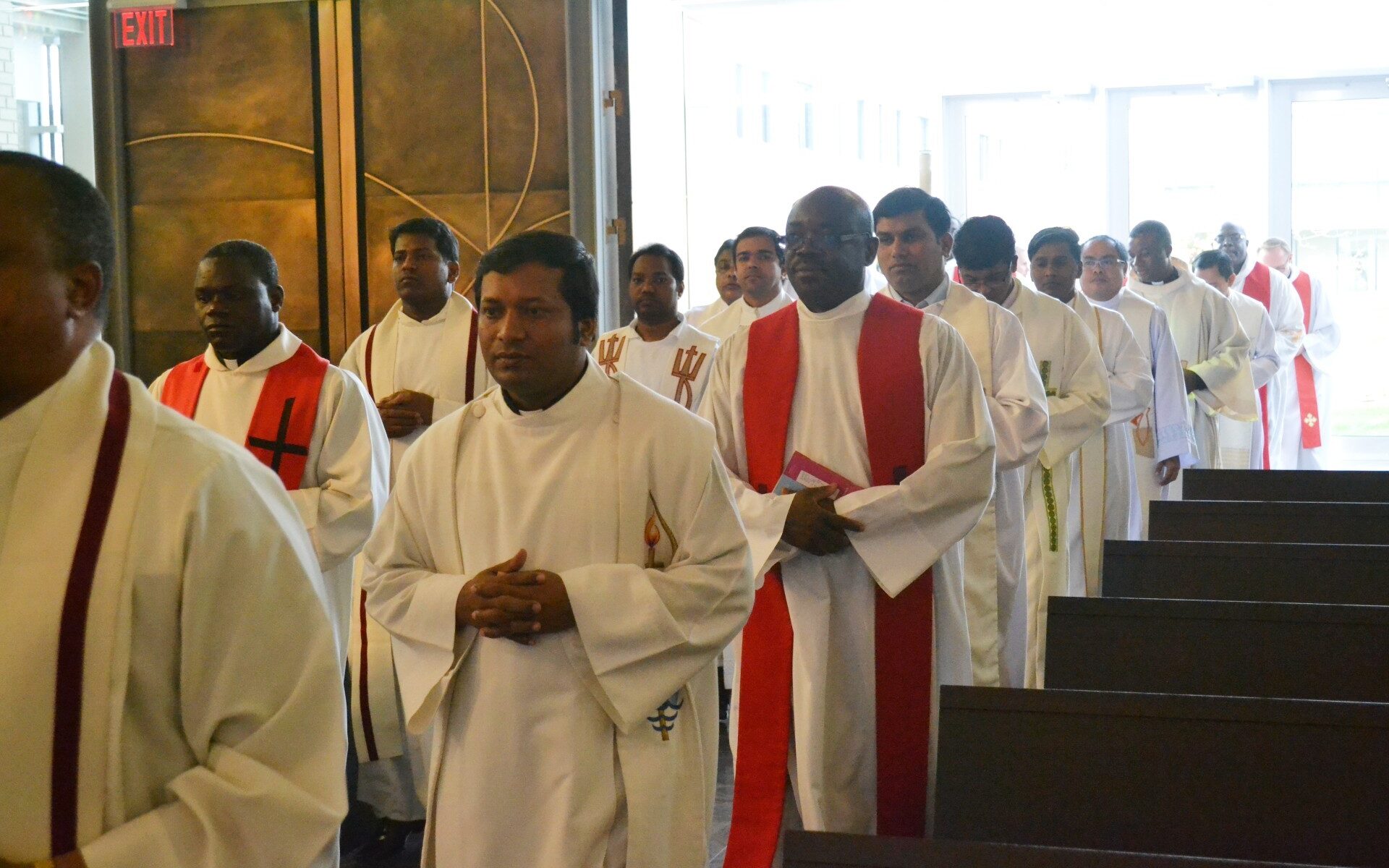A country of missionaries turned place of mission

“Religion and religious practice, religious communities are constantly changing in the Canadian context.”
— Pamela Klassen
Professor in the Department for the Study of Religion at the University of Toronto
Thousands of Canadian missionaries went to Africa, Asia and South America in the 1900s, where they built churches and converted people to Catholicism. Religious orders involved in these evangelization efforts include the White Fathers, the Jesuits, the Dominicans and many nun congregations.

“Canada was one of the countries with the highest number of missionaries per person in the world,” said Martin Meunier, professor of sociology of religion at the School of Sociological and Anthropological Studies at the University of Ottawa. “A lot of Canada’s international influence was fostered by our priests, our religious communities,” he said.
The country is now on the receiving end of this trend, as it welcomes clerics from overseas to help with keeping the faith in this country.
Some members of the church see this as a “fitting reversal of roles,” said Ignace Ndongala, an adjunct professor at the Institute of Religious Studies at the University of Montreal.
“Initially they were the ones sending people to different places, but now they don’t have [anyone],” explained Nnaemeka Ali, a Nigerian priest who currently works in Innu communities in Northern Quebec. When the Canadian clergy started asking for help, he saw an opportunity to return the favour.
“One of the things that motivated me was the idea that Quebec was really generous at the beginning, helping others, so it would be unfair not to hearken to their call at a point where they needed people to help them out,” he said.
Ali belongs to a religious order called the Missionary Oblates of Mary Immaculate, which maintains missions worldwide. “We’re like a family,” he said. “And in family – that’s my own personal belief – your movements are about who needs help, so if help is needed in a particular area, you don’t say ‘no that’s not my own area of concentration’.”
See also – Meet Nnaemeka Ali, a missionary priest working in Innu communities in Northern Quebec.

Is this really a new trend?
This shift is merely a cyclical return to the past, said Pamela Klassen, professor in the Department for the Study of Religion at the University of Toronto. “You could say the idea of a local priest or nun is actually the exception, if you’re looking at the long historical span of time.”
Canada’s first priests and nuns came from Europe, accompanying settlers as they colonized North America. Foreign missionaries continued to come to Canada for most of the 19th century before this trend slowed down.
Even before there were Canadian-led missions abroad, churches in Canada were already working on converting Indigenous people. With help from the government, they forced Indigenous children to attend residential schools and suppressed their culture and language, which led to widespread physical, sexual and psychological abuse.
Professor of religious studies Pamela Klassen talks about the harm that Indigenous Peoples suffered at the hand of the church
It is only at the end of the 1800s that Canadian missionaries started setting up missions overseas. Their overseas evangelisation efforts lasted well into the 20th century.
The role of globalization
The arrival of Canadian missionaries in Africa and South America happened in a historical context that’s very different from today. At the time, it was countries with resources and power to contact other civilisations that were sending missionaries, Ndongala said. Countries without these means had a very limited capacity to do evangelical work outside their borders, he said.
But thanks to technology, distance is no longer a significant barrier to religious migration.
Clerics in the Global South can now take a plane and go work anywhere in the world, Ndongala noted. And by the 1990s, when the Canadian clergy started depleting, African priests were already coming to Canada to study.
“Slowly local dioceses started considering the possibility of having priests from abroad do residencies,” explained Meunier.
To better understand why the Roman Catholic Church lost its grip on Canadian society, see also “Quebec’s weakening Catholic adherence”
Top photo © Newman Theological College

